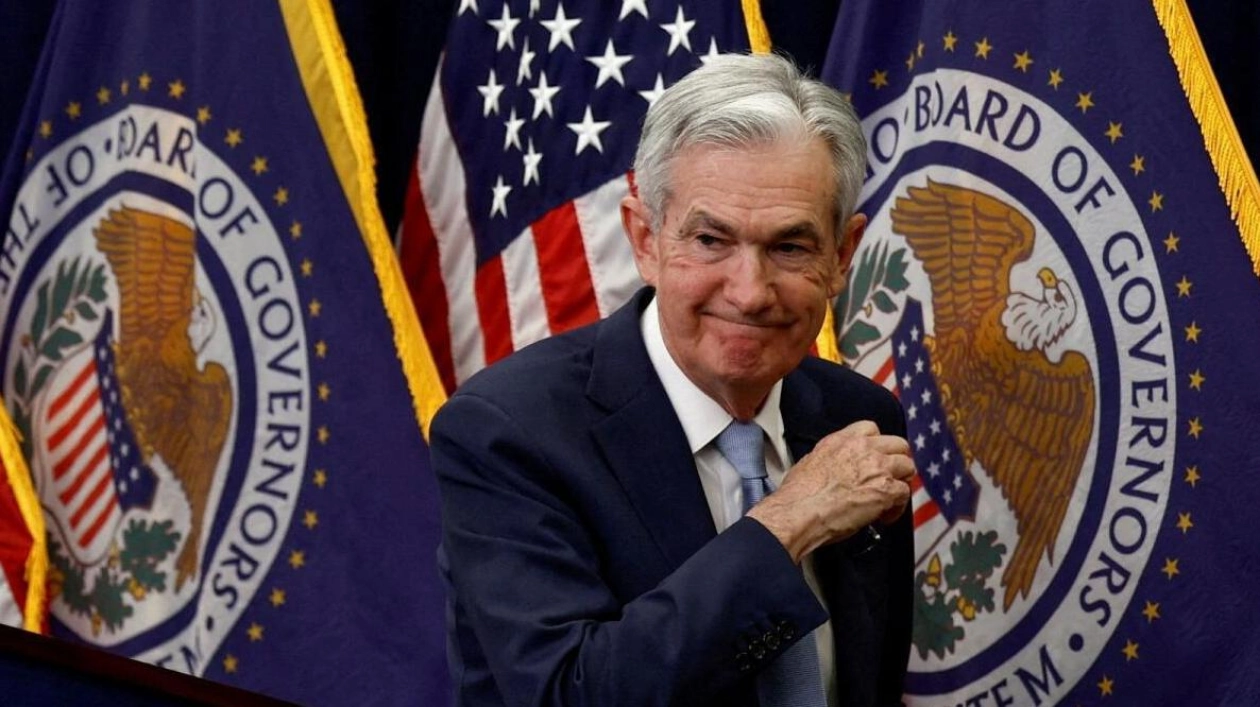In 2022, the Federal Reserve pivoted its focus from combating inflation to rapidly increasing interest rates to align monetary policy with escalating prices. By 2024, the central bank's agenda had shifted once more, this time emphasizing job market preservation, as articulated by Chair Jerome Powell during his speech at the Fed's annual Jackson Hole symposium. Powell's indication of impending rate reductions marked a continuation of the Fed's strategic adjustment, which commenced in January with an acknowledgment of job market vulnerabilities, now prioritized as the Fed's chief concern.
The critical question remains: Is the softening job market and increasing unemployment indicative of a stable economic trajectory with minimal risk to employment rates, or is it the precursor to a more rapid decline? This will be revealed through forthcoming employment reports, which will influence the Fed's decisions on the extent and pace of rate reductions necessary to avert a deepening labor market slump, as Powell described it.
The current Federal Reserve rate, ranging from 5.25% to 5.50%, is perceived as restrictive to economic growth and employment, significantly exceeding the officials' median long-term 'neutral' rate estimate of 2.8%. Assuming inflation continues to recede towards the Fed's 2% target, the evolution of the job market will dictate the speed at which officials approach this neutral rate and whether further reductions are necessary to achieve full employment.
The Fed's two-year campaign against inflation culminated in historically high interest rates without significant repercussions on the job market. The upcoming September meeting will be markedly different, as officials prepare to reduce rates and debate the true state of the job market—whether it is merely decelerating or on the brink of a more severe downturn.
Recent economic indicators, such as July's modest job growth and the declining ratio of open jobs to unemployed persons, suggest a normalization of the economy post-pandemic. However, the urgency surrounding employment has escalated. Powell and other officials remain cautiously optimistic about the economy's resilience and its ability to return to a 2% inflation rate while sustaining a robust labor market.
Concerns persist that the labor market may be more fragile than apparent, potentially necessitating swifter or more substantial rate cuts by the Fed to uphold its maximum employment goal. The accuracy of job market metrics, including the ratio of job openings to unemployed individuals, is also under scrutiny, with some suggesting that the actual state of the labor market could be more precarious than official data indicates.






